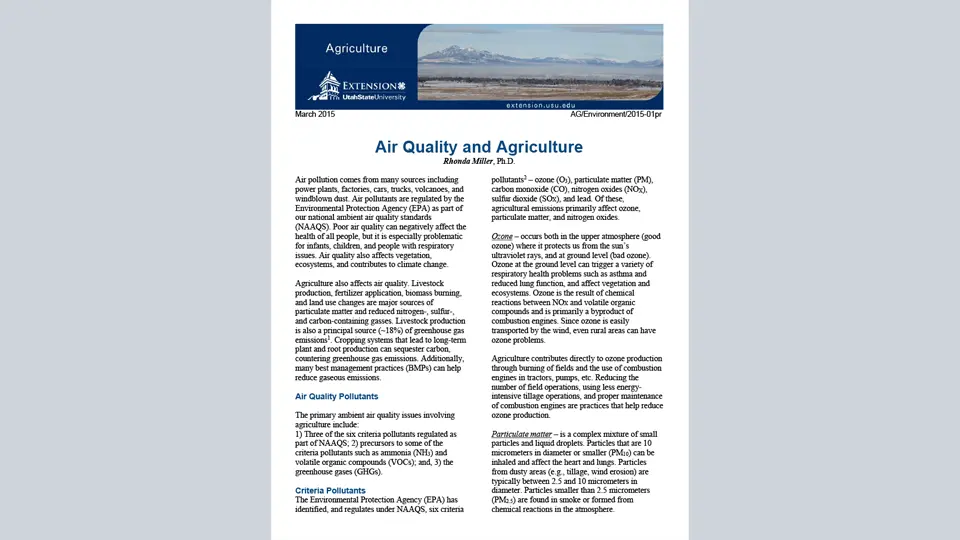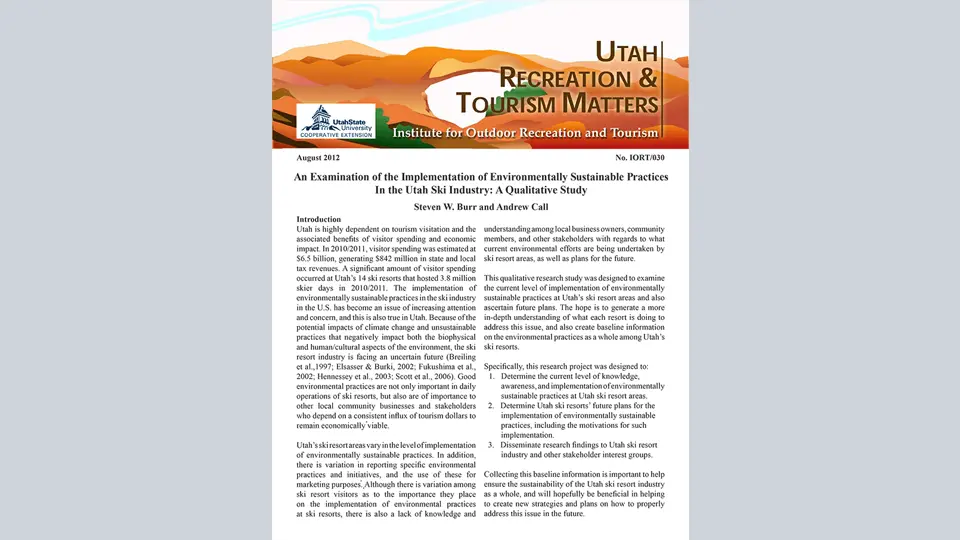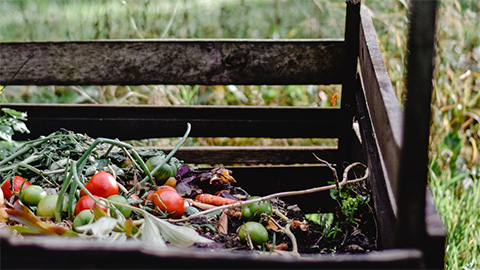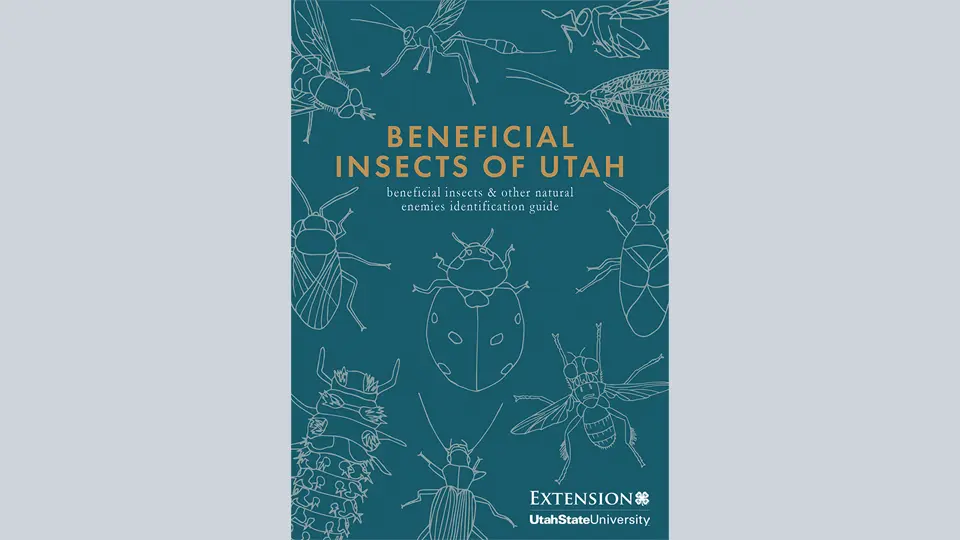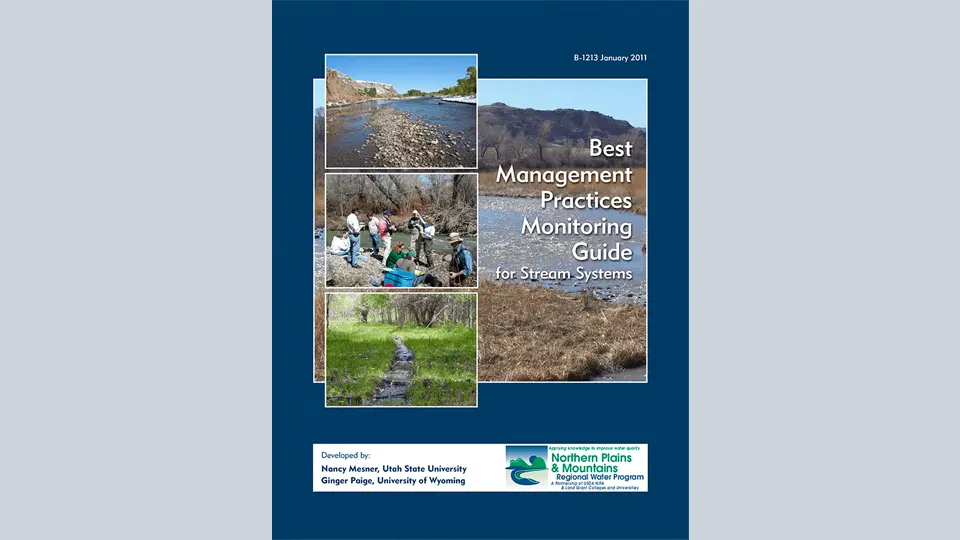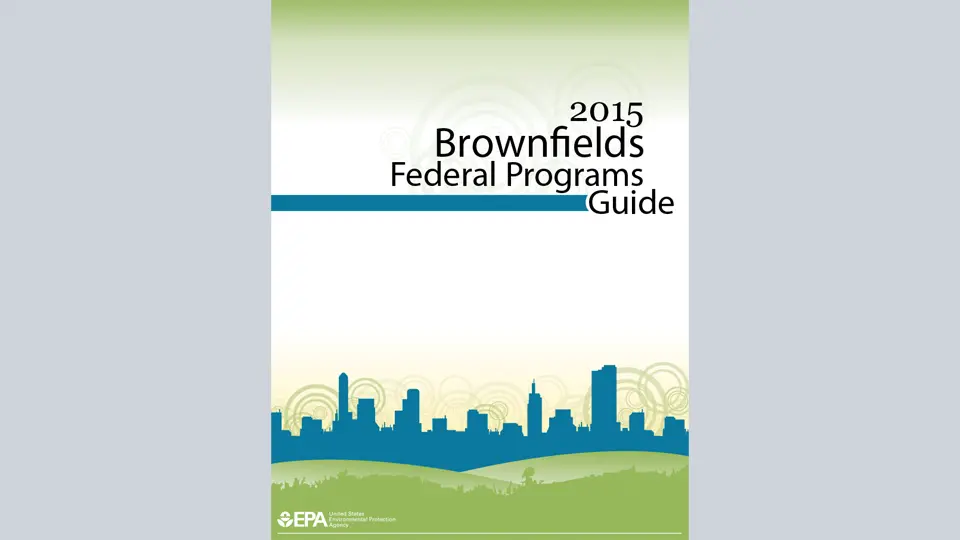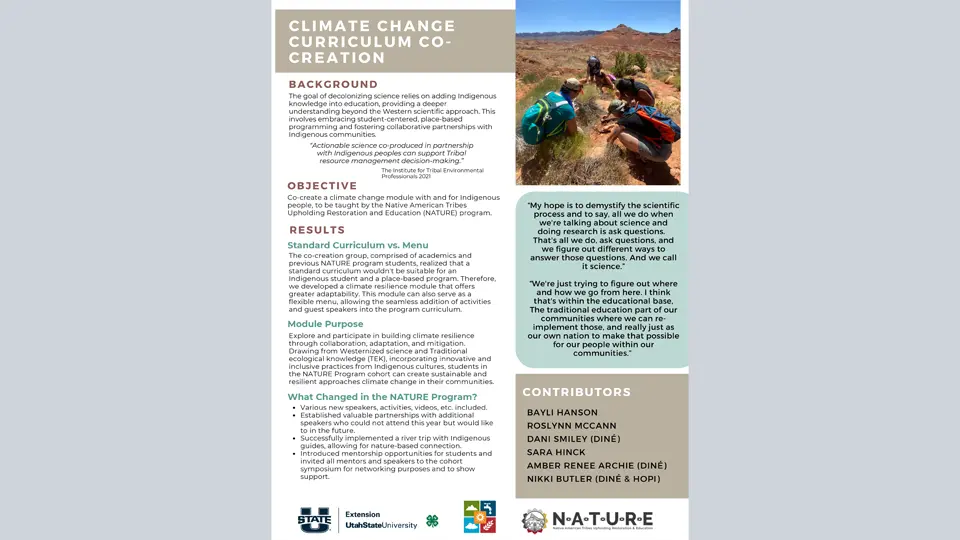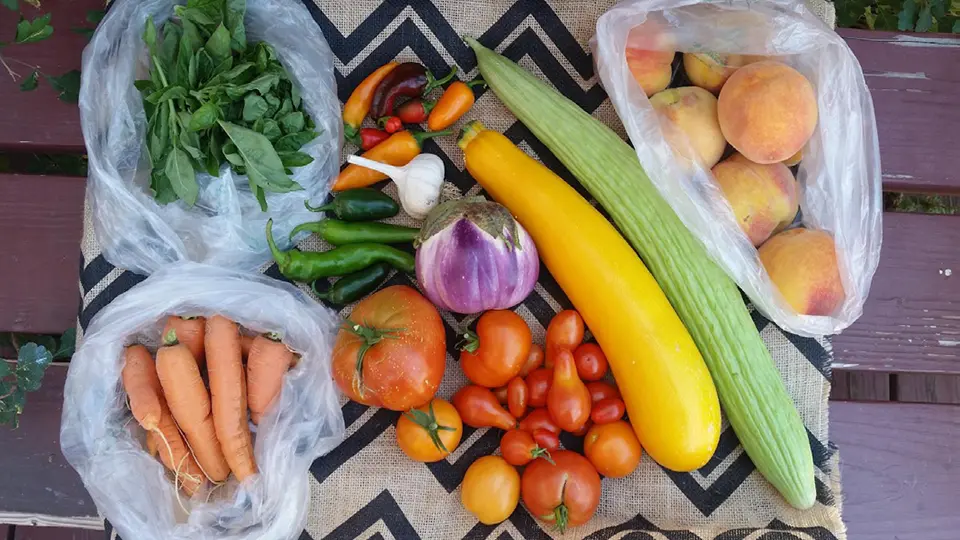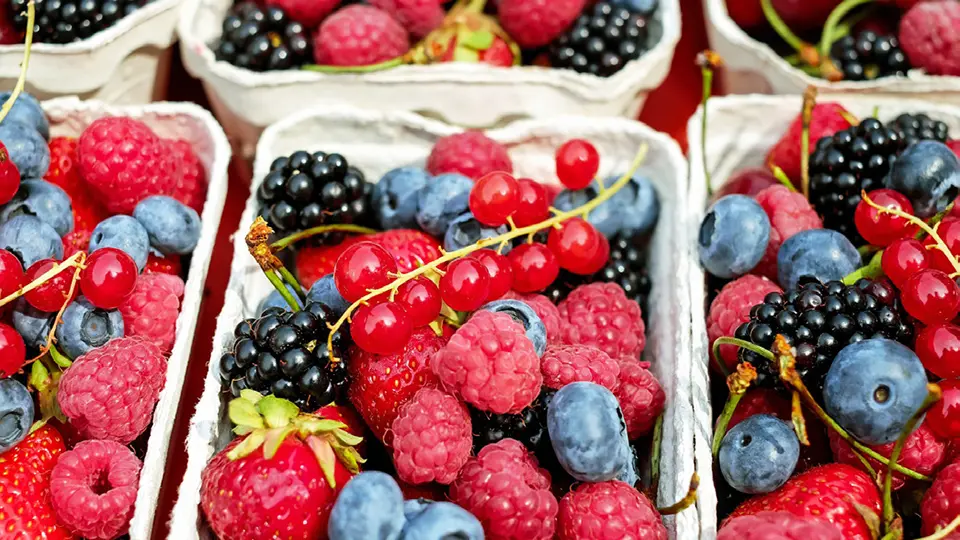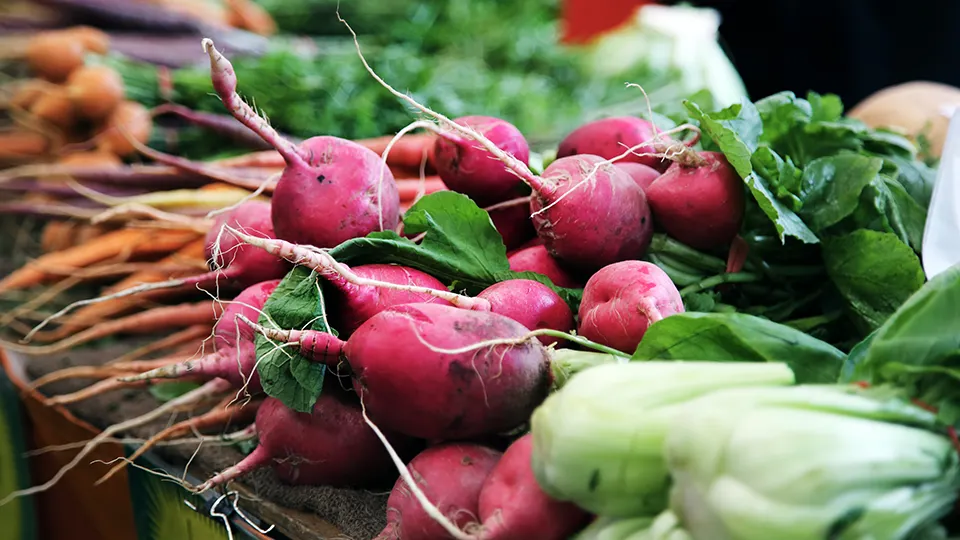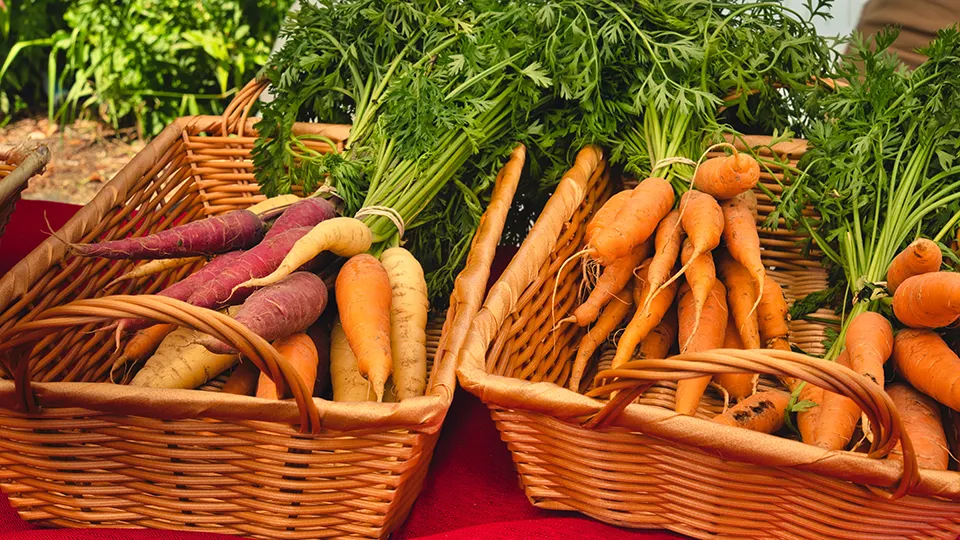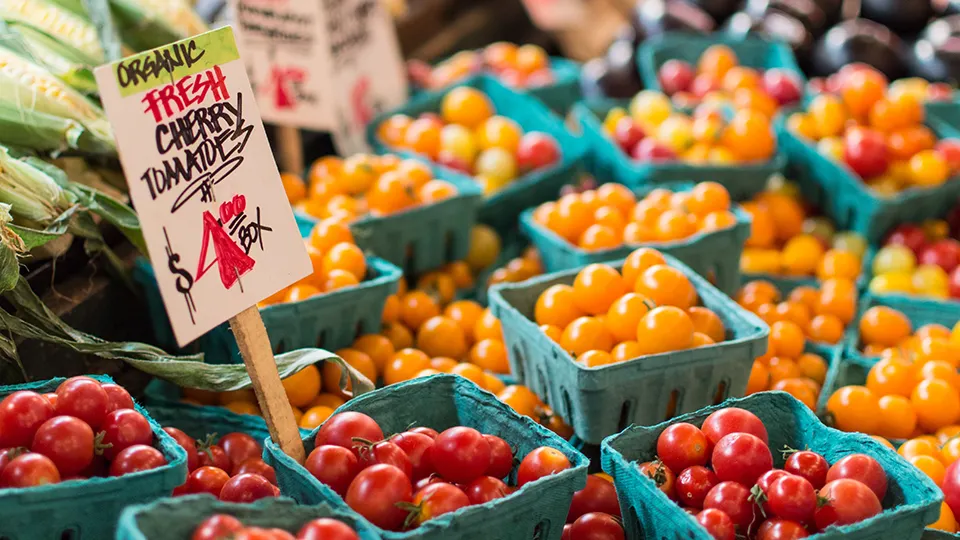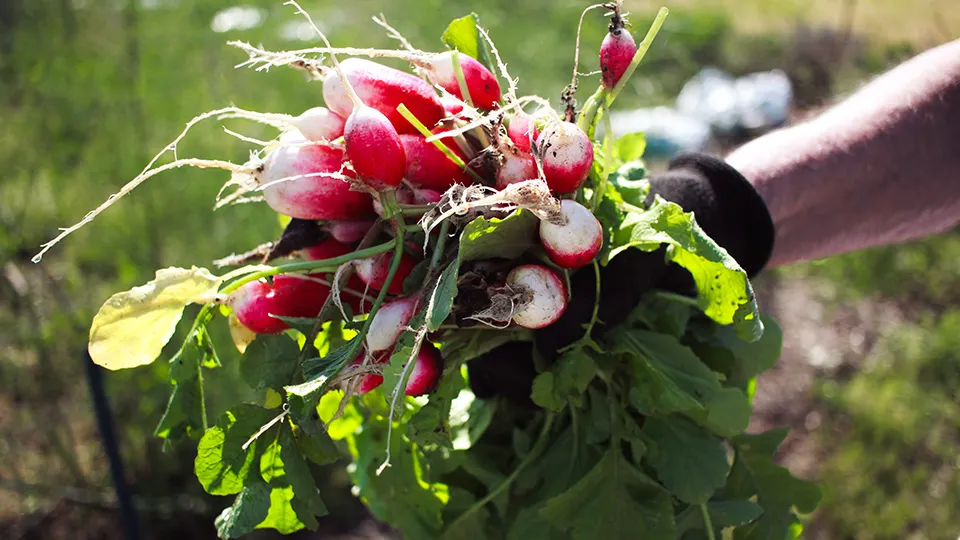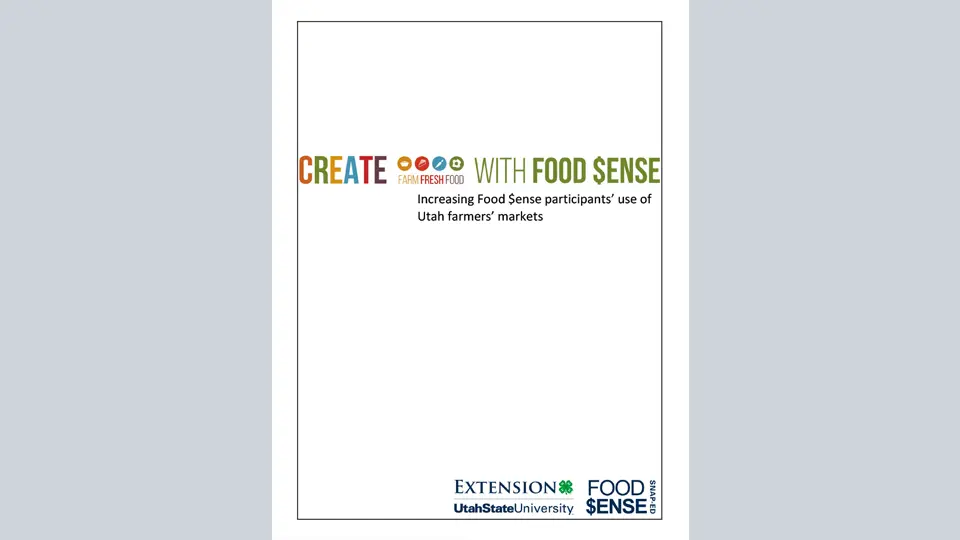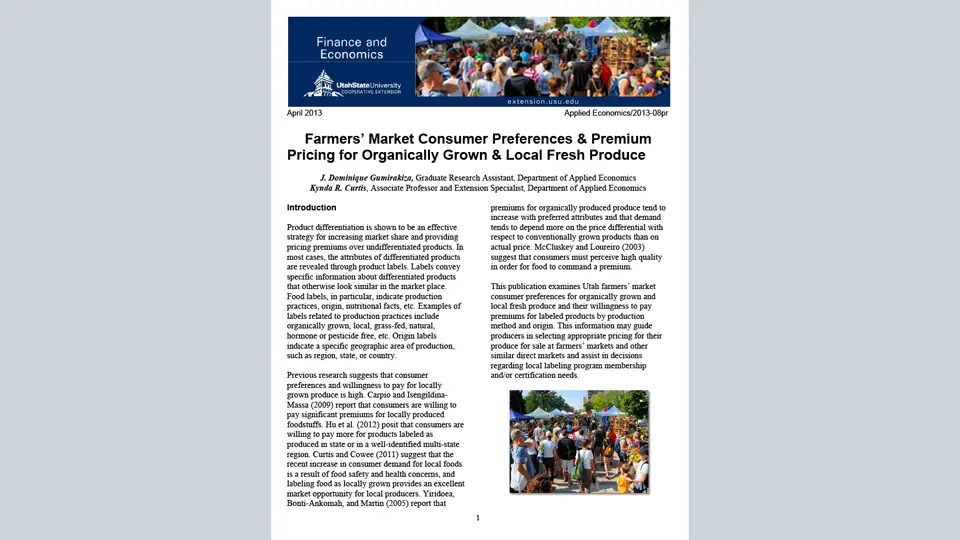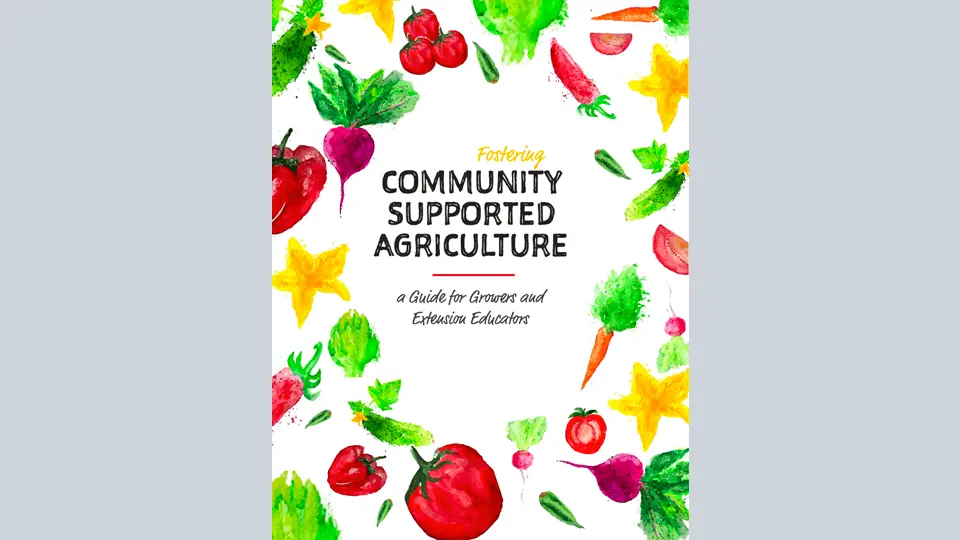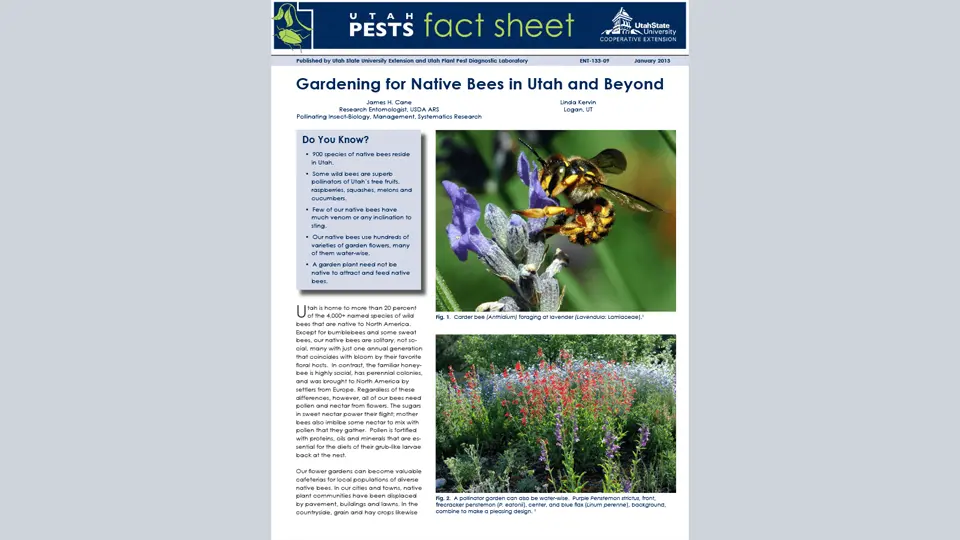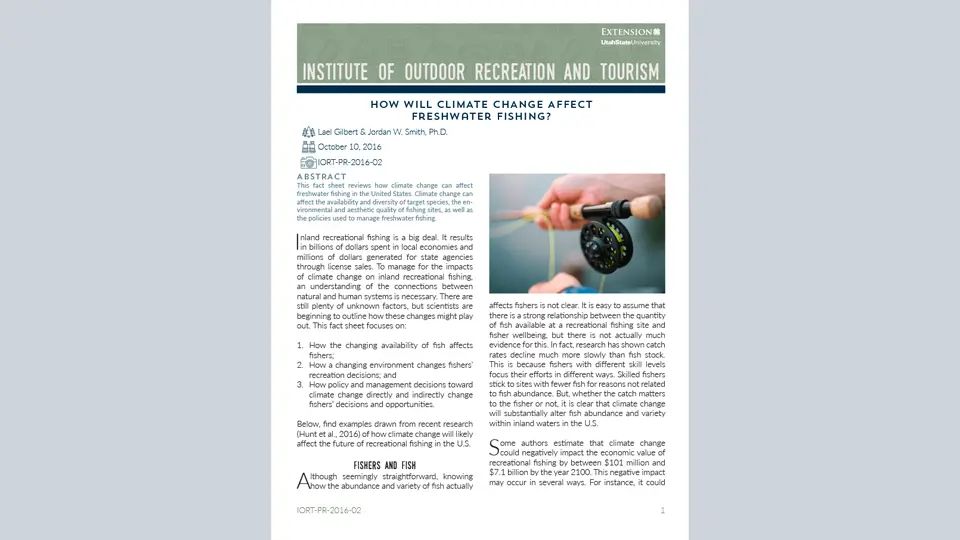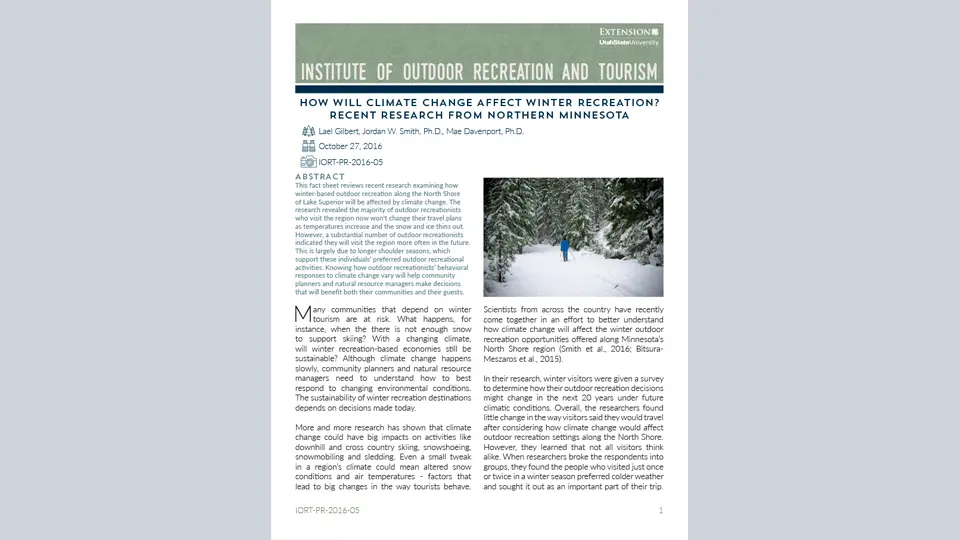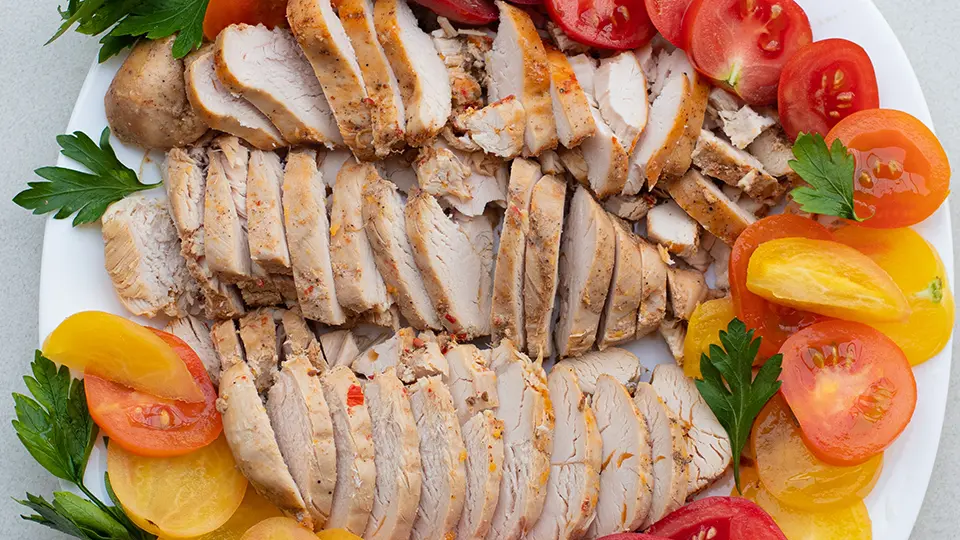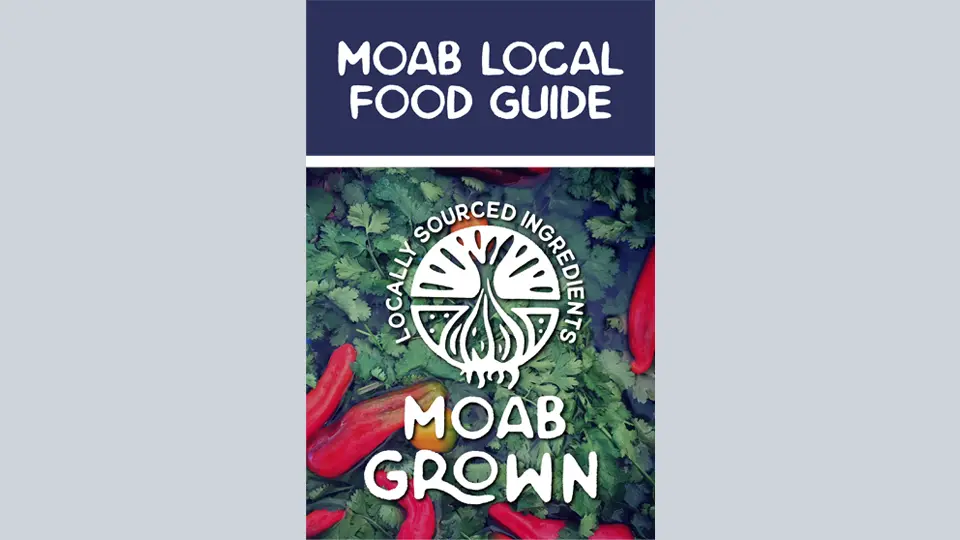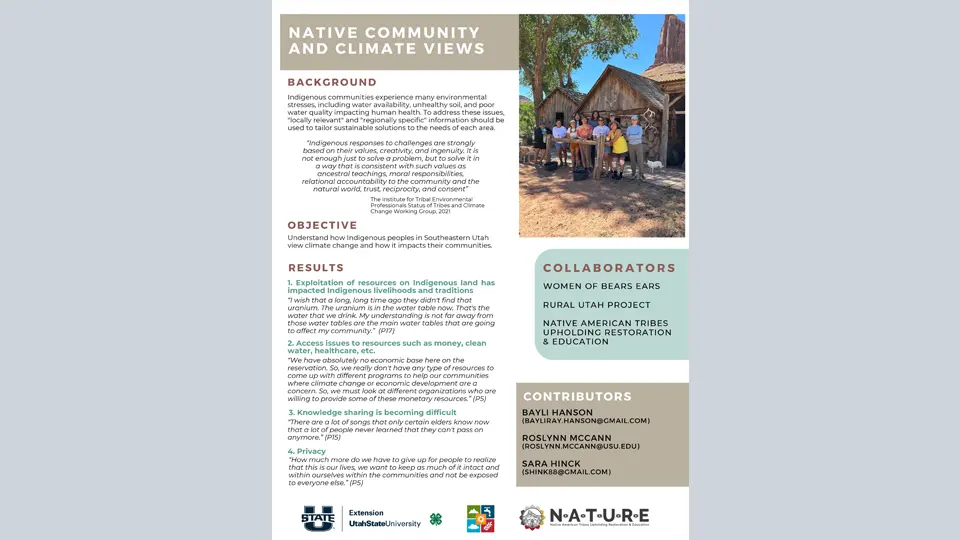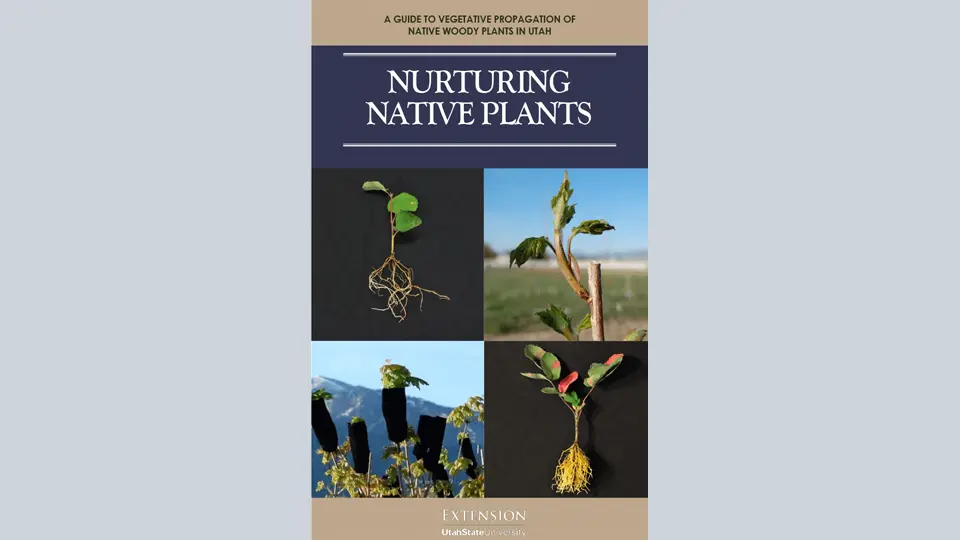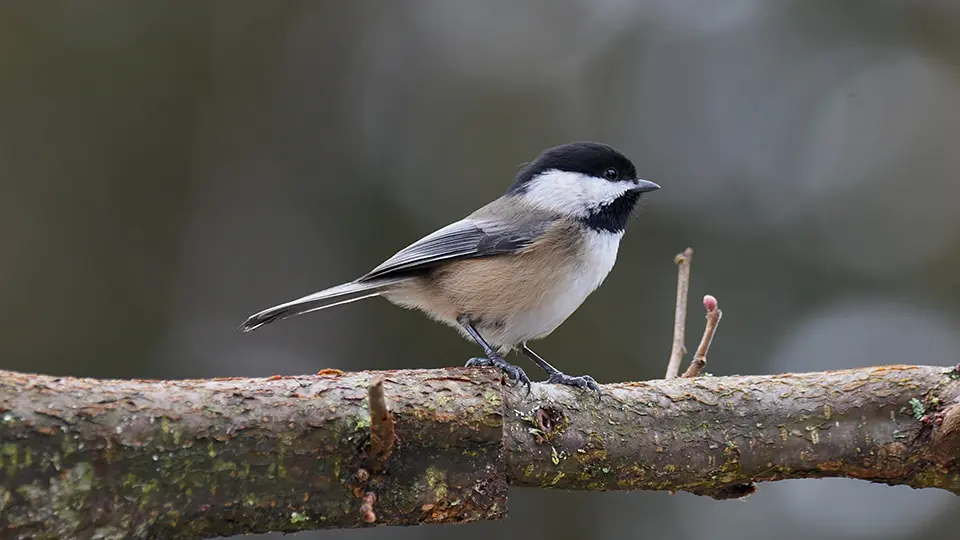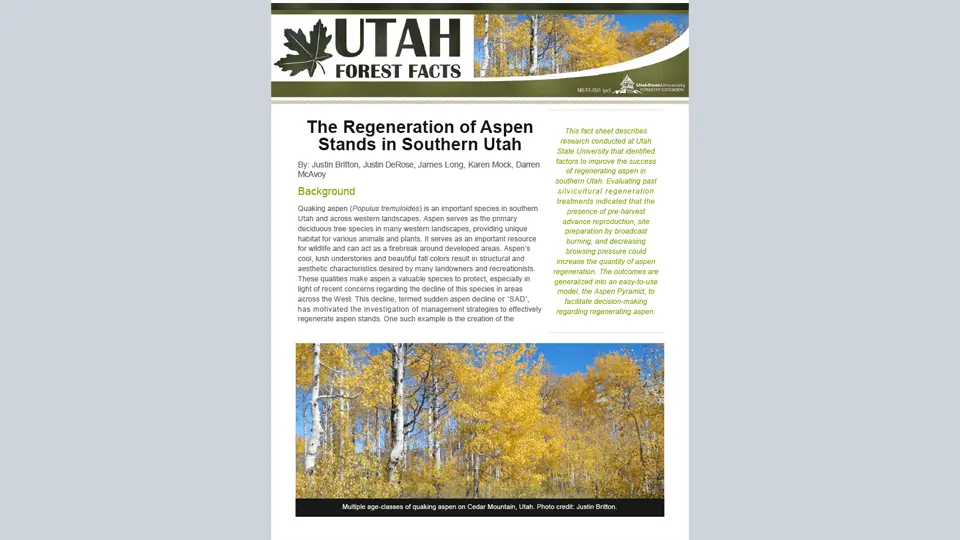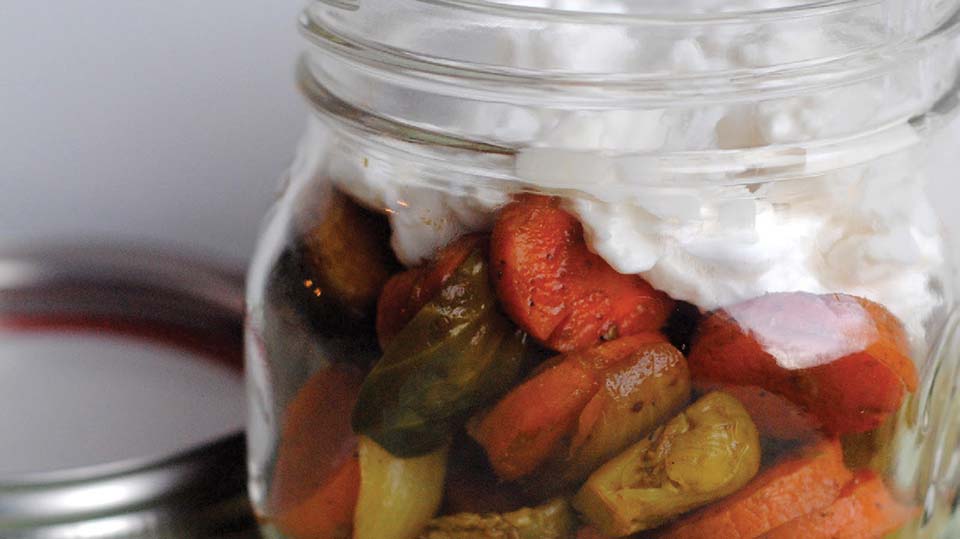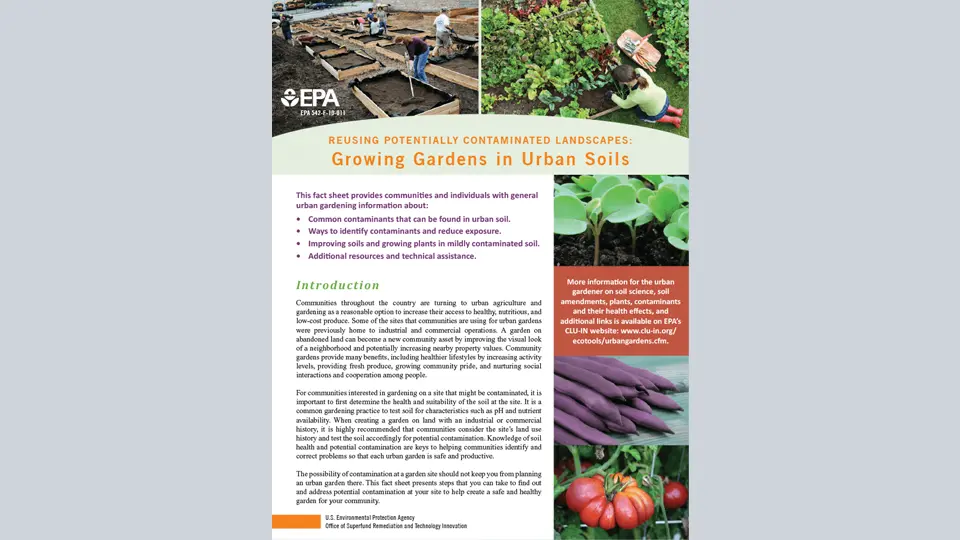Rocky Mountain Trefoil Beef

Researchers at Utah State University are exploring the use of tannin-containing legumes as a method for finishing cattle to address environmental and efficiency concerns associated with the most common current beef production systems. The benefits of cattle raised and finished on tannin-containing legume crops, with the final product called "Rocky Mountain Trefoil Beef," have been documented as follows:
- Raising cattle with a lower environmental impact as animals consume the food they evolved to eat.
- Legumes can be digested more rapidly than grass, so cattle gain at high rates, shortening the time required for finishing.
- Yield grades, hot carcass weight and overall consumer preference are comparable to animals finished on a feedlot diet (Chail et al., 2016)
What are Tannin Containing Legumes?
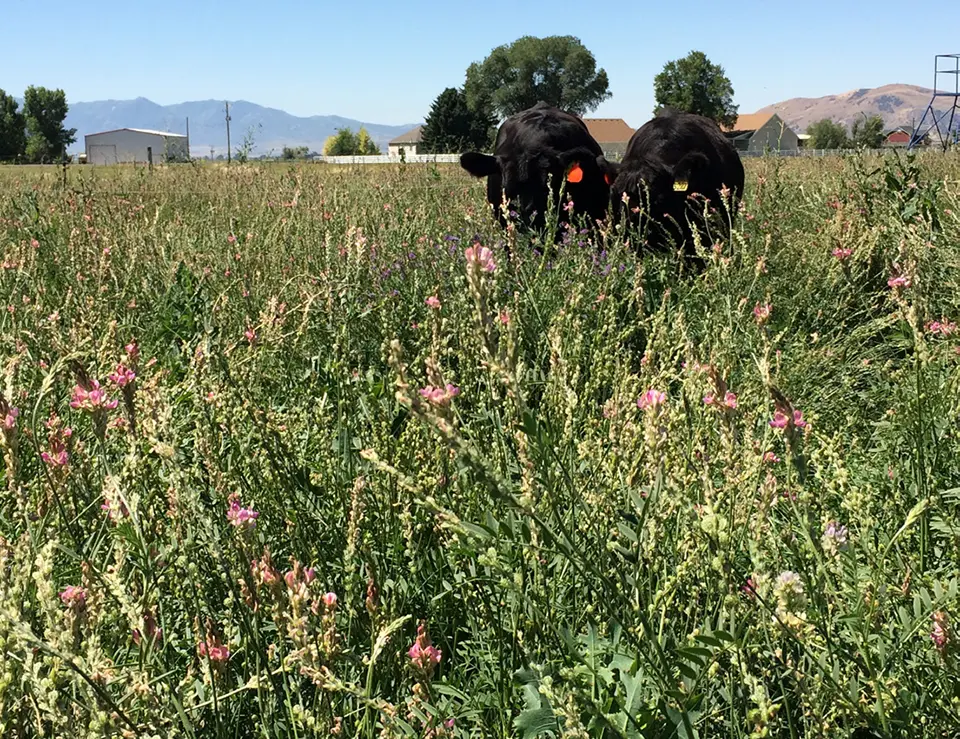
All the nutrients cattle need can be derived from grazing (MacAdam & Brain, 2013). Cattle co-evolved in the Mediterranean region eating grasses and legumes. Legume forages such as birdsfoot trefoil and alfalfa are productive and persist under irrigation in the northern Mountain West. Legumes acquire all the nitrogen needed for their growth from soil microbes. This creates the opportunity for a sustainable beef finishing system.
Condensed tannins are found in some legumes such as birdsfoot trefoil and sainfoin. These legumes can be grazed without restriction because they do not cause bloat. Condensed tannins also suppress internal parasites, reduce ruminant methane emissions, and cause nitrogen from pasture to be more efficiently used for milk and meat production so less is lost to the environment (MacAdam & Villalba, 2015). Moreover, beef can be finished locally, on legume pastures, rather than being shipped to feedlots on the Great Plains and finished on grain (MacAdam & Villalba, 2015).
Perennial pastures (legumes and/or grasses) thrive on marginal agricultural land and can be harvested by cattle, freeing up the most valuable agricultural land for grain crops. Therefore, ruminants producing high-quality meat and dairy products don’t need to compete for land or grain that could be used for human consumption (MacAdam & Brain, 2013). Rocky Mountain Trefoil Beef not only addresses these consumer concerns with current beef production systems but has the potential to become a more profitable alternative to both grass-finished and feedlot-finished beef.
Current Interests & Issues in Different Cattle Finishing Systems
Interest in local and natural meat as a leading trend among consumers (Dudlicek, 2015; National Restaurant Association, 2017). This is due to concern regarding animal welfare, human health, and the environmental consequences of a conventional feedlot finishing system (Gwin, 2009). Not only are cattle a major emitter of greenhouse gases (Perrehumber & Eshel, 2015), but the cereal grains used for feedlot finished beef are annual crops grown on valuable agricultural land. Grain production leaves soil vulnerable to erosion, often requires the application of nitrogen fertilizer, which generates the most potent greenhouse gas, nitrous oxide (N2O). Runoff from bare soil results in nutrient-rich dead zones in lakes and estuaries (Tilman et al., 2002).
There is no dietary need to feed grain to beef and dairy cattle (Van Soest, 1994), and concerns about the antibiotics and hormones fed to cattle in feedlots to maximize weight gain has prompted some consumers to prefer cattle fed a more natural diet, such as grass-finished beef (Gwin et al., 2012). However, proponents of feedlot beef finishing systems assert that grass-finishing systems are inefficient because gain is slow compared to feedlot-finished beef (Capper, 2012). In contrast to grasses, studies at Utah State University have demonstrated that tannin-containing legume forages contain the nutritive value of a feedlot finishing diet (Chail et al., 2016).
Environmental Benefits Associated with Finishing Cattle on Tannin-Containing Legume Crops
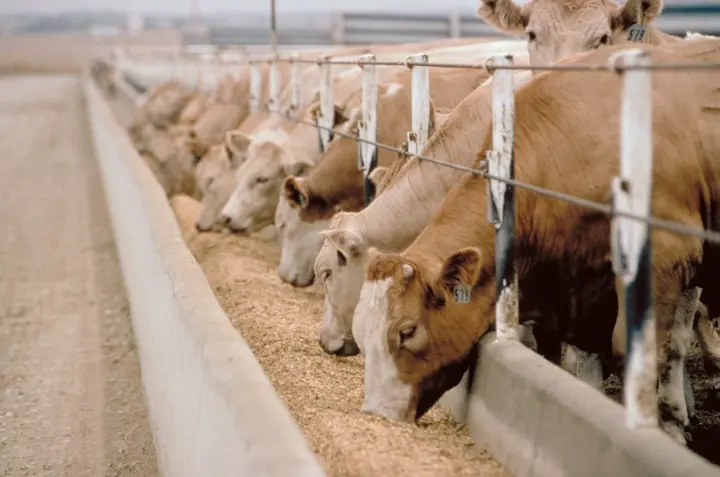
Similar to a grass-fed systems: finishing cattle on tannin-containing legumes does not require transportation of grain and cattle to feedlots, so those miles and emissions are eliminated. In addition, there are unique benefits inherent to legume-finishing:
Tannin-containing legume crops are digested more quickly and contain more readily accessible carbohydrates than grasses, so cattle emit less methane per pound of meat produced and gain weight at greater rates.
Cattle finished on perennial legume forages gained 1 kg per day (2.2 lbs.) and reached slaughter weight faster than grass-finished cattle, which gained less than 0.5 kg per day. (MacAdam & Villalba, 2015; Pitcher, 2015)
Legumes can make their own nitrogen and therefore do not require synthetic nitrogen fertilizer. If soil nitrogen is available, nitrogen fixation stops and restarts when the legume needs more nitrogen.
Consumer Taste Tests & Human Health Benefits
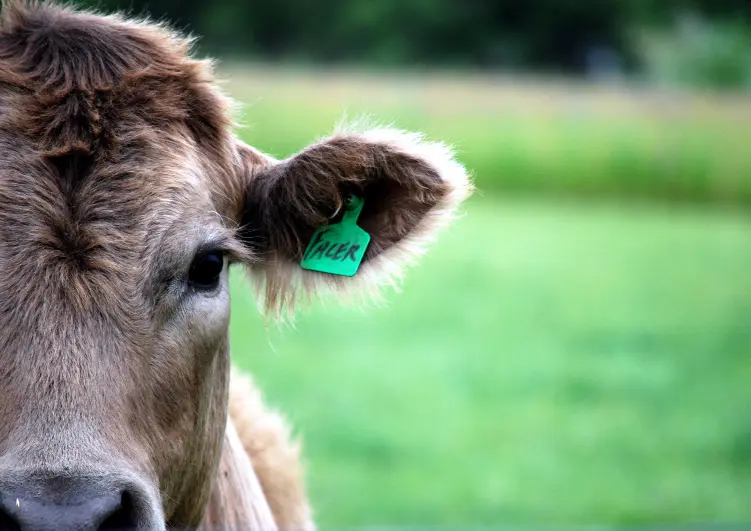
Beef finishing diets directly influence beef quality and taste. A consumer sensory panel with 720 participants compared ribeye steaks from grain-finished, grass-finished, and Rocky Mountain Trefoil Beef for taste and fatty acid composition. Certified Angus grain-finished and certified organic grassfinished prime ribs were also included as controls for grain and grass finished beef. All ribeye steaks were cut and cooked under the same conditions (Chail et al., 2016).
Rocky Mountain Trefoil steaks had:
- Higher fat concentrations (better marbling) than steaks from grass-finished cattle
- Ratio of omega-3 to omega-6 fatty acids equal to grass- finished cattle
- Far lower saturated fatty acids than grain-finished cattle
- Consumer ratings comparable to steaks from grainfinished cattle for:
- Tenderness
- Juiciness
- Overall appeal
Seven high-end chefs and butchers in Salt Lake City and Park City, Utah, sampled two cuts of Rocky Mountain Trefoil Beef. In follow-up interviews, these professionals were impressed with the quality of the beef, specifically in terms of flavor:
- “[It] was really rich, had really good savory meatness to it.”
- “That’s why the quality that you had was very attractive and...was, more in line with a grain or corn finished beef product and flavor profile. So that was huge...”
Takeaways
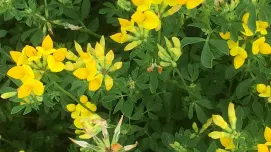
- New options for finishing beef are in high demand by artisan chefs and butchers.
- Tannin-containing legume forages reduce the negative environmental impacts associated with beef, such as grain feeding, methane production, and the feeding of hormones and antibiotics, while eliminating the need to transport cattle or grain to feedlots. Rocky Mountain Trefoil Beef is rated as tasting similar to grain-finished beef, but with other attributes (e.g., fatty acid composition) comparable to grass-finished beef
- Finishing time is comparable to grain finishing, reducing the land use and environmental impact of each animal, with potential to increase profitability of farm operations that produce pasture-finished beef.
Sources
- Capper, J.L. ( 2012). Is the grass always greener? Comparing the environmental impact of conventional, natural and grass-fed beef production systems.” Animals 2 (2): 127–43. doi:10.3390/ani2020127.
- Chail, A., Legako, J.F., Pitcher, L.R., Griggs, T.C., Ward, R.E., Martini, S. & MacAdam, J.W. (2016). Legume finishing provides beef with positive human dietary fatty acid ratios and consumer preference comparable with grain-finished beef. Journal of Animal Science 94:2184-2197
- Dudlicek, J. (2015). Lessons in meat marketing. Progressive Grocer 94 (4).
- Gwin, L. (2009). Scaling-up sustainable livestock production: Innovation and challenges for grass-fed beef in the US. Journal of Sustainable Agriculture 33 (2): 189–209. doi:10.1080/10440040802660095.
- Gwin L, Durham CA, Miller JD, Colonna A. (2012). Understanding markets for grass-fed beef: Taste, price, and purchase preferences. Journal of Food Distribution Research. 43(2): 91-111.
- MacAdam, J., & Brain, R. (2013). Beef production & consumption: Sustainable alternatives. USU Extension Publication: sustainability/2012/04pr. Retrieved from https://digitalcommons.usu.edu/cgi/viewcontent.cgi?article=1006&context=extension_curtag
- MacAdam, J., & Villalba, J. (2015). Beneficial effects of temperate forage legumes that contain condensed tannins. Agriculture, 5 (3), 475–491. http://doi.org/10.3390/agriculture5030475
- National Restaurant Association. (2017). What’s hot: 2018 culinary forecast. Retrieved from http://www.restaurant.org/News-Research/News/What-s-Hot-Top-10-trends-in-2018
- Pitcher, L.R. (2015). Beef average daily gain and enteric methane emissions on birdsfoot trefoil, cicer milkvetch and meadow brome pastures. Master’s Thesis, Utah State Univ.
- Tilman, D., Cassman, K.G., Matson, P.A., Naylor R., & Polasky, S. (2002). Agricultural sustainability and intensive production practices. Nature 418 (6898): 671–77. doi:10.1038/nature01014.
- Van Soest, P.J. (1994). Nutritional Ecology of the Ruminant. 2nd ed. Ithaca: Cornell University Press.
September 2018
Utah State University Extension
Peer-reviewed fact sheet
Authors
Kailie Leggett, Roslynn McCann, Jennifer MacAdam, & Juan Villalba:
Departments of Plants, Soils & Climate; Environment & Society
Related Research




